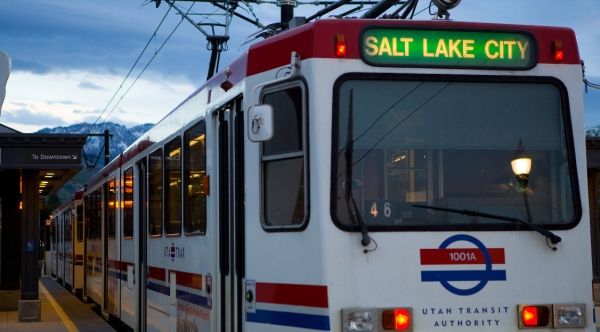For more than five years, University of Utah air quality sensors have hitched rides on TRAX light rail trains, scanning air pollution along the train’s Red and Green Lines. Now the study, once a passion project of U researchers, has become a state-funded long-term observatory, with an additional sensor on the Blue Line into Sandy and Draper and additional insights into the events that impact the Salt Lake Valley’s air, including summer fireworks and winter inversions.
In a new study published in Urban Science, researchers including Daniel Mendoza and Logan Mitchell report the latest from the TRAX Observation Project, including data validation studies that bolster the data’s value for other researchers and three case studies from recent events showcasing the abilities of the mobile air quality sensors.
What’s new: Blue Line and data validation
UTA’s TRAX system consists of three light rail lines: red, green and blue. Up until November 2019, U sensors measuring ozone and particulate matter were installed only on the Red and Green Line trains, because both lines used the same train cars. These two lines travel through downtown Salt Lake City, the central I-15 corridor and the valley’s west side. With an additional sensor on the Blue Line, however, air quality measurements now extend into the Salt Lake Valley’s southeastern quadrant.
Read more at University Of Utah
Image Credit: University Of Utah


